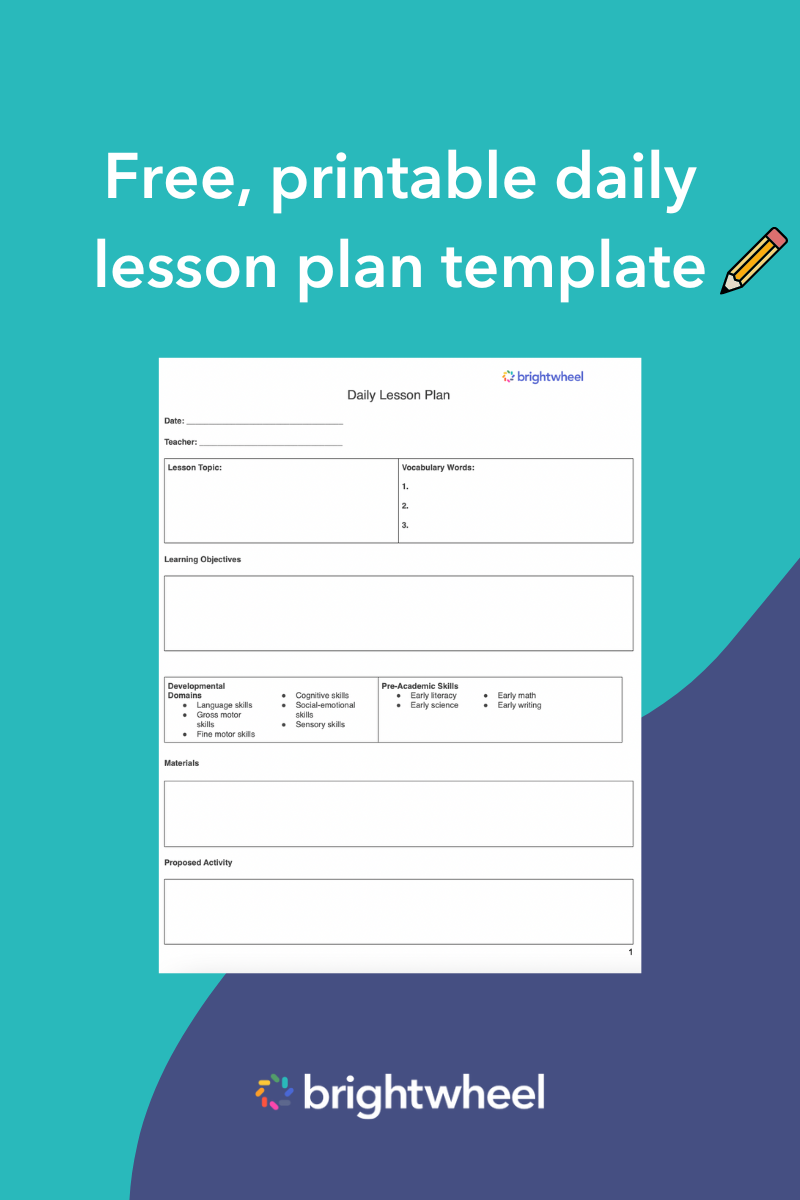Showing respect to others may seem like a natural part of everyday life, but it’s a learned behavior. It’s important for adults to teach children how to respect themselves and others. When armed with the right tools and resources, teaching preschoolers about respect can be fun and effective. Keep reading to learn more about how to teach children to respect one another.
What is respect?
Respect is defined as considering someone to be worthy of high regard or esteem. But, of course, this definition may be too complex for young children to understand. So, it may be helpful to define what it means to respect someone and how it feels to be respected, instead. One way this can be done is by emphasizing that giving and receiving respect centers around establishing a feeling of safety.
Respecting someone means that you will go out of your way to make sure that person feels appreciated and listened to. Additionally, you make them feel as if their opinion matters to you. On the other end of the spectrum, feeling respected means that you can be yourself around others, and feel accepted and welcomed despite any differences you may have. Both of these scenarios make people feel safe, which has a number of benefits.
Why is respect important?
There are a number of reasons why respect is important, and they all come with a ton of long-lasting benefits. One of the main reasons why respect is important is because it teaches empathy to children. Empathy is a learned behavior, and a big part of having empathy is having an inherent respect for everyone. So, teaching respect significantly impacts a child’s capacity for empathy.
Additionally, learning to be respectful helps children to effectively communicate with both adults and peers and to understand social cues. Giving and receiving respect also helps children learn to express themselves, and it’s important that they have the space to do so. Teaching children to be respectful also helps them understand and use appropriate communication in various settings. This is an important aspect of behavior management and promotes positive learning environments.
Encouraging respect in your classroom also promotes values of diversity, equity, and inclusion. An inherent component of showing respect is to treat everyone with kindness regardless of their background. By prioritizing respect in your classroom, preschool teachers can empower children to celebrate people’s similarities and differences.
Another benefit of respect is that it encourages individuality. Because the presence of respect creates acceptance, children are more likely to feel confident and express themselves freely.
How to be respectful
When interacting with your preschoolers, it is important to always be mindful of your words, actions, and tones to ensure they feel respected at all times. Children learn by example; therefore, it’s important to provide meaningful activities and opportunities where children can see respect in action. Here are some ways to teach children how to be respectful.
Model respect
Children tend to imitate the adults in their lives, so make sure that you’re showing others respect so they will pick up this behavior.
Show yourself respect
An important aspect of respect is showing it to yourself by using kind words and actions when referring to yourself. Taking care of your outer appearance and inner self also demonstrates self-respect.
Read books about respect
Reading books about respect allows you to show what respect looks like in different settings. Here are some good books you may want to consider:
- The Way I Act by Janan Cain
- The Recess Queen by Alexis O’Neill
- Do Unto Otters: A Book About Manners by Laurie Keller
Play games that involve taking turns
Learning through play is a great way to instill respectful characteristics in your preschoolers. Along with reading, playing is a great tool that can help instill lessons into children’s behavior. Playing games that encourage children to take turns as they play helps them exercise patience, a huge part of learning respect, while also helping them develop their social skills. Examples of games like this are follow the leader and hide and seek.
What does respect look like?
Respect can look like a lot of things. Here are some ways respectful behavior can manifest itself in preschool-aged children.
- Sharing a book or toy
- Raising their hands before they speak
- Apologizing when they’ve done something wrong
- Speaking openly about their wants and needs
- Confiding in their teacher about a problem
- Listening during a disagreement
- Allowing their peers to make their own choices without controlling them
Remember, progress isn’t necessarily a straight line, but it’s important to track how your preschoolers are learning to be respectful so you can notice any trends or patterns in your children’s behavior over time. That’s why it’s important to utilize a tool like brightwheel’s daily activity report in your classroom to track children’s progress and share important milestones with families.
Teaching children to treat others how they want to be treated
Teaching preschoolers about respect may feel challenging at times, but with the right tools in your arsenal, you’ll be able to effectively explain what respect is and how your preschoolers can respect themselves and others. Instilling the value of respect early in education helps to ensure that children grow and develop in productive and meaningful ways.



